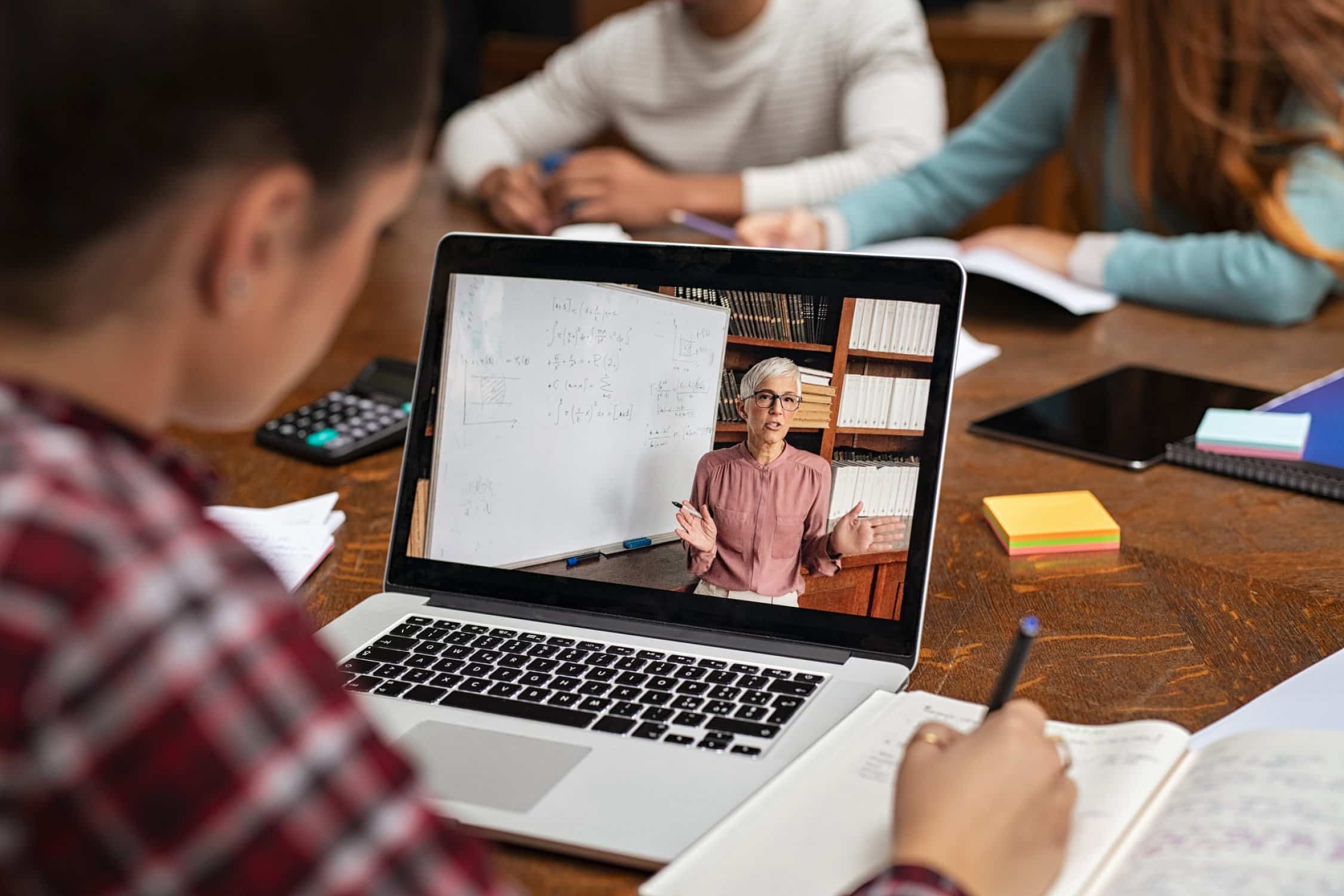AI video generation has become a game-changer in the world of corporate training and eLearning. As someone who’s worked with learning and development teams across industries, I’ve seen first-hand how this technology is transforming how organizations train their employees, making learning more engaging, personalized, and cost-effective.
The numbers tell a compelling story: the global AI video generation market is expected to grow from $2.2 billion in 2023 to a whopping $10.5 billion by 2033. That’s a yearly growth rate of 16.8%! This rapid expansion isn’t just hype – it’s driven by real business needs for more scalable, engaging, and cost-effective training solutions.
In this article, I’ll break down how AI video generation is transforming corporate training, share some real-world examples, and help you understand if this technology might be right for your organization’s learning needs.
What’s Driving the AI Video Generation Boom in Training?
Several key factors explain why AI video is taking the training world by storm:
The Digital Content Revolution
Videos now make up around 82% of all internet traffic. This shift in how we consume information has naturally extended to workplace learning, where employees increasingly expect video-based instruction rather than text-heavy manuals or slideshows.
Cost Pressures on Training Departments
Traditional video production is expensive – typically costing between $2,000 and $10,000 per minute of finished content. AI video generation can slash these costs by up to 80% by eliminating many expenses associated with conventional video shoots.
The Need for Personalized Learning
Research shows that 73% of learners prefer customized content that matches their specific needs and learning styles. AI makes it possible to create variations of training videos that adapt to different audiences, learning paces, and even languages without starting from scratch each time.
How AI Video Generation Works in Practice
AI video generation platforms use various technologies to automate and enhance the video creation process:
- Text-to-speech technology that converts written scripts into natural-sounding voiceovers
- Digital avatars that can serve as on-screen presenters
- Natural language processing to adapt content across languages
- Automated scene generation based on content analysis
The workflow typically involves three main stages:
1. Content Preparation
The process starts with scripts or existing materials (like PowerPoint presentations or PDFs) that get analyzed and structured. AI tools can identify key concepts and optimal points to break content into scenes.
2. Video Synthesis
The system then generates the visual and audio elements, including realistic digital presenters that match lip movements to speech with impressive accuracy.
3. Optimization and Finishing
Finally, the content goes through automated processes that can add captions, adjust pacing based on complexity, and ensure accessibility features are included.
Real Business Impact: A Case Study
Let me share a particularly impressive example of AI video transformation in action.
Cohesity, a data management company, faced a common challenge: producing technical training videos at scale. Their traditional approach required coordinating subject matter experts, voice actors, and video editors for each video, resulting in production cycles lasting three weeks per video.
After implementing an AI video platform (Synthesia), they achieved remarkable results:
- 75% reduction in video creation time – producing videos in hours instead of weeks
- $100,000 annual savings by eliminating voice-over and filming costs
- Increased average view duration from 1 to 3 minutes through better-paced content
- 80% course completion rates – three times higher than their text-based materials
Their approach involved converting subject matter expert scripts into scene-based templates, integrating screen recordings where needed, and using digital avatars for consistent delivery. The consistency and quality of the content improved while dramatically reducing production time and costs.
Key Applications in Corporate Training
AI video generation is proving valuable across various training scenarios:
Onboarding and Orientation
New employee onboarding requires consistent messaging but often needs customization for different roles or departments. AI video makes it possible to create personalized welcome videos and role-specific training without starting from scratch each time.
Multilingual Training
Global companies face huge challenges creating training in multiple languages. AI video platforms can generate versions of the same content in dozens of languages without hiring separate voice talent for each language.
For example, a global SaaS provider used AI to localize their onboarding content across 12 languages, reducing their localization costs from $12.25 per minute to just $1.58 per minute – while increasing production speed by 55%.
Compliance Training
Regular updates to compliance training are necessary as regulations change. AI video allows for quick updates without re-filming entire modules, ensuring training stays current with minimal effort.
Technical and Software Training
Step-by-step tutorials and software walkthroughs benefit from AI video’s ability to integrate screen recordings with clear narration and personalized pacing.
The ROI of AI Video in Training
Organizations implementing AI video for training report several measurable benefits:
| Metric | Typical Improvement |
|---|---|
| Content production cost | 70-80% reduction |
| Production time | 75-90% faster |
| Employee engagement | 3x higher than text-based materials |
| Compliance completion rates | 92% vs. 64% for traditional methods |
| Knowledge retention | 47% improvement with AI-optimized microlearning |
For a mid-sized organization of 5,000 employees, these improvements can translate to approximately $2.4 million in annual savings and over 20,000 reclaimed productive hours.
Current Limitations and Challenges
While the benefits are substantial, AI video generation isn’t without its challenges:
Technical Constraints
About 22% of learners report some discomfort with near-human avatars (the “uncanny valley” effect), often preferring more stylized characters instead of hyper-realistic ones.
Current AI models can also struggle with industry-specific terminology and jargon, sometimes requiring additional review time from subject matter experts.
Organizational Adoption Barriers
Many learning and development teams (about 41% according to recent research) express concerns about AI adoption, often fearing job displacement.
There’s also a skill gap to overcome – roughly two-thirds of instructional designers lack experience with “prompt engineering” and other skills needed to get the best results from AI video tools.
Content Moderation
Some users report delays with compliance reviews for AI-generated content, which can disrupt tight development schedules.
Getting Started with AI Video for Training
If you’re considering implementing AI video generation for your organization’s training needs, here are some practical steps to get started:
- Start with microlearning: Begin with short, focused videos (3-5 minutes) for compliance training or product updates. This allows your team to learn the technology with lower-risk content.
- Build skills gradually: Help your instructional designers develop AI-specific skills like prompt writing and understanding how to structure content for the best results.
- Establish quality control: Create a review process involving subject matter experts, legal teams, and learning specialists to ensure AI-generated content meets your standards.
- Measure impact, not just completion: Look beyond simple completion rates to assess how the training affects actual performance metrics like sales conversions, error rates, or customer satisfaction.
Popular AI Video Generation Platforms for Training
Several platforms have emerged as leaders in the AI video generation space for corporate training:
- Synthesia – Known for its realistic avatars and integration with learning management systems
- Elai.io – Specializes in multilingual capabilities with over 75 languages supported
- HeyGen – Offers strong customization options for brand alignment
- Pictory – Excels at converting existing text materials into video content
- Vmaker – Features advanced personalization capabilities based on learner profiles
Each platform has its strengths, so your choice should depend on your specific training needs, budget, and technical requirements.
The Future of AI Video in Corporate Training
Looking ahead, several exciting developments are on the horizon:
Emotionally Responsive Content
New technologies are enabling avatars that can adjust their tone and presentation based on detecting learner emotions, creating more natural and responsive learning experiences.
Procedural Training Simulations
AI systems are beginning to generate equipment troubleshooting scenarios directly from technical manuals, creating interactive simulations without manual programming.
Self-Updating Content
Future systems will be able to automatically update training videos when regulations or products change, using API connections to regulatory databases or product information systems.
Integration with Extended Reality
The combination of AI video with augmented and virtual reality is creating immersive training experiences that were previously too expensive to produce at scale.
Final Thoughts: Is AI Video Right for Your Training Program?
AI video generation represents a major shift in how organizations can approach training content development. The technology offers clear advantages in terms of cost, speed, and scalability, while enabling new levels of personalization that were previously impractical.
For organizations looking to modernize their training approach, AI video generation provides an accessible entry point that doesn’t require massive upfront investment or specialized technical knowledge.
The most successful implementations I’ve seen start small, focusing on specific use cases where traditional video production creates bottlenecks or budget challenges. From there, teams can expand their use of the technology as they build confidence and skills.
As with any emerging technology, the key is balancing excitement about the possibilities with a thoughtful, strategic approach to implementation. By focusing on clear learning objectives and measuring actual performance outcomes, you can ensure that AI video becomes a valuable addition to your training toolkit rather than just another shiny technology.
Have you experimented with AI video generation in your organization’s training programs? What challenges or successes have you experienced? I’d love to hear about your experiences in the comments below.
























